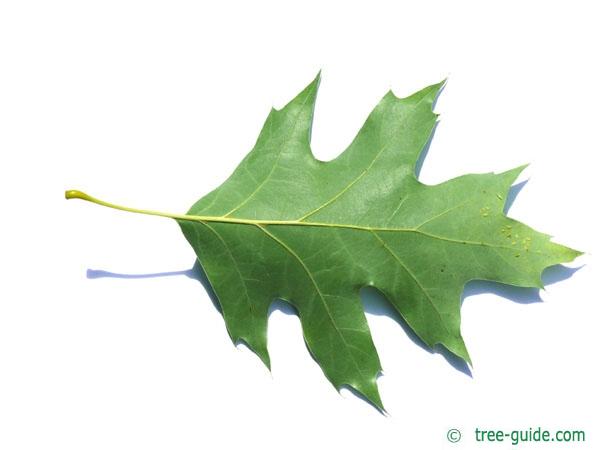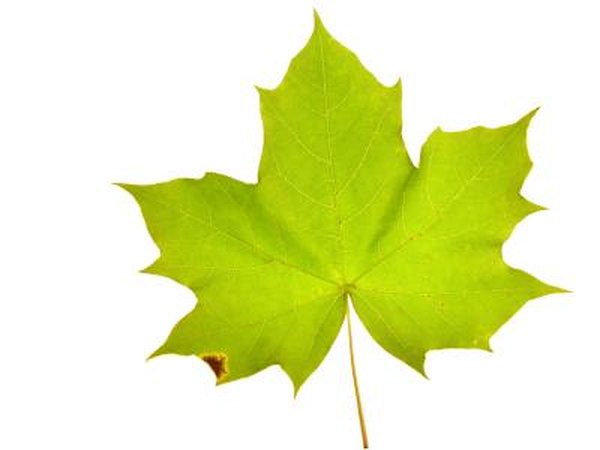Aim: To learn about Mars exploration.
1. Rover facts
2. Design, Draw and Make a Rover
3. Mars facts
1. Rover facts:
Fill in the table below.
Name: Ranit
|
Purpose:
|
Wheels
| The rover needs to have 6 wheels and each has its own motor to make it move. The two wheels at front and back have their own motors but work at the same time. The wheels can also work separately to move the rover at full 360 degrees or even bend itself or curve itself. |
Solar Panel
| Without the solar panels, the rover can't move, communicate or use the tools the rover has. The fuel needs electricity in order to move around the environment and do experiments, the power system has two primary batteries. The heat keep's the rover's tools and systems at the right temperature. |
Laser
| They need a laser to break minerals like rocks or hard materials, it is called a Supercam. It fires the laser at rocks and as soon as they make contact it creates a plasma which is an extremely hot gas. |
Camera
| The camera is used to see the environment so they can see what the rover can see, it takes photos and videos of mars to see what the rover has found to learn something about Mars. |
Shovel, rock pick,drill
| These tools are needed to help the rover break or pick up minerals to analysis them. It can zoom into minerals like a microscope and the camera is placed on top of the rover so they can see things that are even far away if they spot something. |
2. In groups of 3 you will Design, Draw and Make a Mars Rover out of Lego Technics.
Materials:
Materials:
- Lego Technics
- A4 paper
- Pencil
- Ruler
- Eraser
The drawing and model must have:
- 6 wheels
- 1 camera
- 1 tool at the front than includes a shovel, pick and drill.
- 1 solar panel
- 1 laser that points at the ground
( Take a photo and upload your mars rover onto your blog.)
Link: Facts
You will need to find out the following:
Fact
|
Earth
|
Mars
|
Picture of planet
| ||
Length of 1 year
| 365 days | |
Length of 1 day
| 24 hours | |
Distance from the sun
| ||
Distance from Earth.
| ||
Gravity:
| ||
Colour:
| ||
Temperature
| -88 to 57 C | |
| Rainfall | ||
Atmosphere
| ||
Surface
| ||
Moons and names
|
Conclusion: Write about what you have learnt.







